Best Way To Sand Drywall
Reducing the mess of drywall sanding starts with proper application. After this rectify the mistakes by touching them up using joint compound.
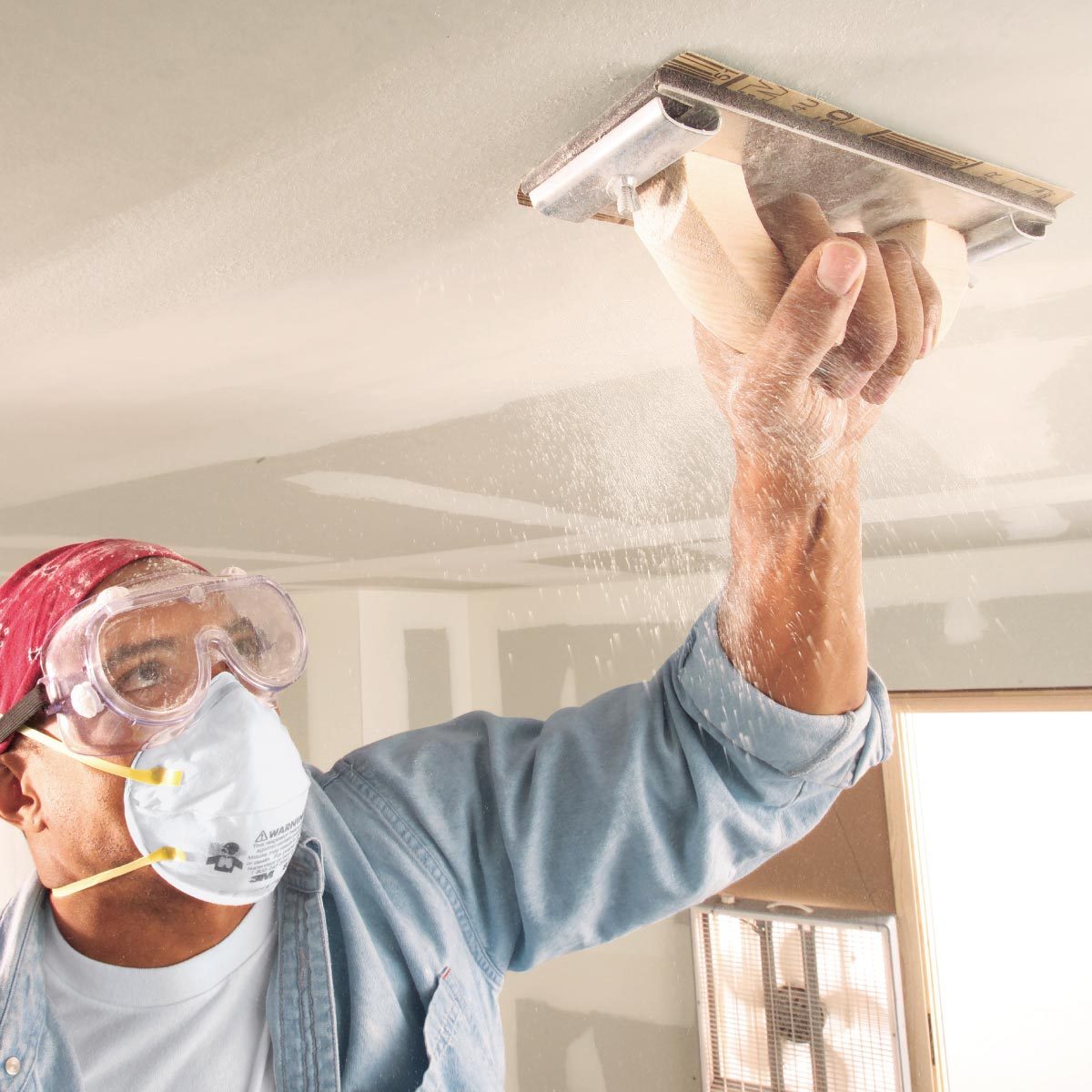 Drywall Sanding Tips And Techniques Diy Family Handyman
Drywall Sanding Tips And Techniques Diy Family Handyman
Apply drywall tape to cover the seams on your drywall.
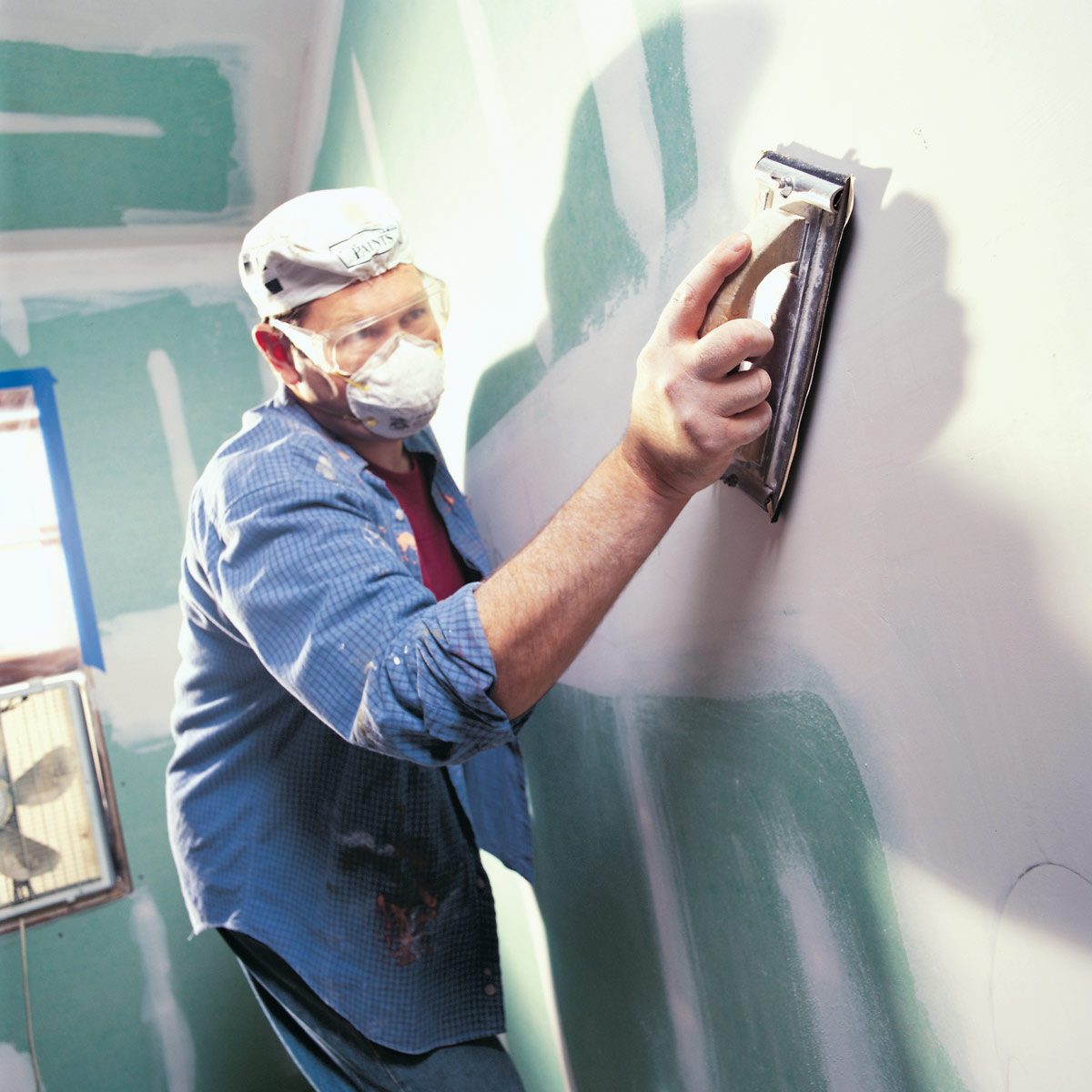
Best way to sand drywall. Put it in the sander and youre good to get started. Fill gouges dont. Another important thing is that you must sand maintaining a line.
Glide the sander over the seams and patches while blending the compound in across all areas. Apply a bit of pressure to help the screen work into the uneven areas but only enough. The wet sponge is then worked across the surface to smooth the drywall.
They might over sand the surface especially in areas where the joint compound is soft and thin. It is important to know how to sand drywall skillfully using handheld light. You can purchase pre-cut sections that are designed.
As with most remodeling tasks having the right tools is the key to a top-notch job. Choose fine sandpaper for the best results. Make sure you are not sanding the same spot again in a straight line.
Again paper can be rolled beneath the sander and tear on. Wet sanding calls for plenty of water so use a five-gallon bucket and fill it three-quarters of the way with warm water which helps soften the drywall mud. The box edges can tear the sandpaper.
Since corners are the hardest to sand places you will need the help of sandpaper and sanding sponges for a perfect finish. Keep the compound wet. Videos you watch may be added to the TVs watch history and influence TV recommendations.
For the carves and moldings you can use a fine grinding attached rotary tool to remove the stain paints or solely for smoothening. Press the tape as you go to make sure it. Use a wide knife to float out the seam so that a minimum of extra drywall compound is left to be sanded.
Sanding sponges can be used to sand drywall and are designed to be used wet. Put the light to medium pressure on the sander to sand the drywall. To avoid the reshaping of wood remember to use the tool at a low speed.
Once all the pieces are connected turn on the sander and position the sanding screen lightly against the surface of the. Take the hand sander and sand the joints. Below are some very simple tips to help you sand your drywall seams and patches.
Drywall sponges can become almost bone dry if you wring too hard so wring the sponge so it is not sopping but still noticeably damp. If playback doesnt begin shortly try restarting your device. Maintain a few inches distance between sanding spot at electric.
Dry Sanding STEP 1. Drywall sanders that come with a range of sandpaper of different grit sizes like this one can be a convenient way to get the right range of grit sizes without having to stress about it. On this video I will be showing you how to sand drywall with an Orbital Sander.
Fill a bucket with warm water. This method is by far the fastest way and easiest way to smooth o. Prepare your drywall before you mix and apply the joint compound to the seams.
Its tempting to buy 80-grit paper to speed up the sanding job. Use a pencil to circle pits and dings or any other little mistakes that might be in the sanded-through area. However avoid using heavier grit sandpapers if its your very first time sanding with no previous experience.
The sponge needs to be damp enough to dissolve and loosen the hardened joint compound. The sandpaper texture of the sponge works much. The straighter parts are easy to sand and can you can do it with sandpaper in your hands.
Drywall Sanding Tips and Techniques Use a special sanding tool. You need to wait for the spots to dry and resand them. Affix a section of fine-grit sandpaper to the sanding block.
Begin at the top of the drywall seam and continue until you reach the bottom of the drywall seam. Simply go back over your ceiling and walls with a sander and a light. Drywall sanding produces copious amounts of dust but proper preparation can help keep the dust from.
Avoid sand areas near or directly over the electric boxes. Start with Corners and Edges When you start sanding make sure to sand the corners and edges first. The 120 grit sandpaper is usually ideal for drywall surfaces.
Start out with a 120 grit sandpaper moving to a finer grit after one or two passes with each. To avoid this cancel and sign in to. Dip the sponge into the water and then wring it out.
Then let the wall dry and go over it with dry sandpaper of a finer grit closer to 220 to finish the job.
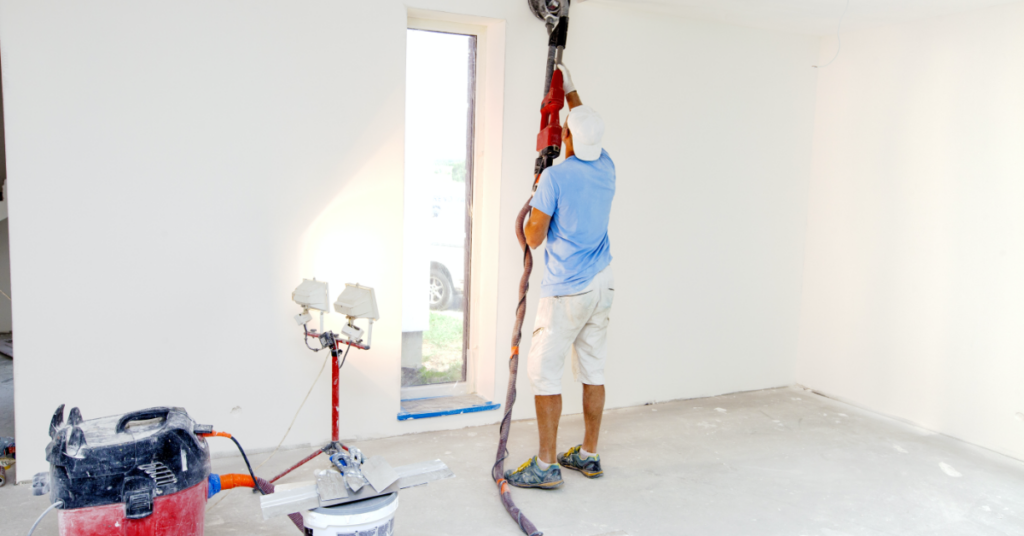 Drywall Sanding Tips From A Professional Contractor Rca Contractors Florida General Contractors
Drywall Sanding Tips From A Professional Contractor Rca Contractors Florida General Contractors
 How To Sand Drywall The Home Depot
How To Sand Drywall The Home Depot
 How To Wet Sand Drywall Less Dust Good Stuff Youtube
How To Wet Sand Drywall Less Dust Good Stuff Youtube
 How To Sand Drywall The Home Depot
How To Sand Drywall The Home Depot
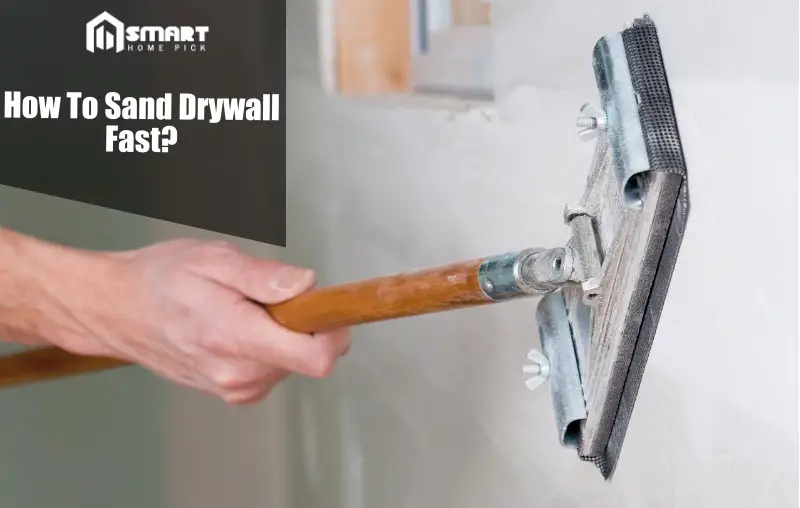 How To Sand Drywall Fast Drywall Sanding Tips And Techniques
How To Sand Drywall Fast Drywall Sanding Tips And Techniques
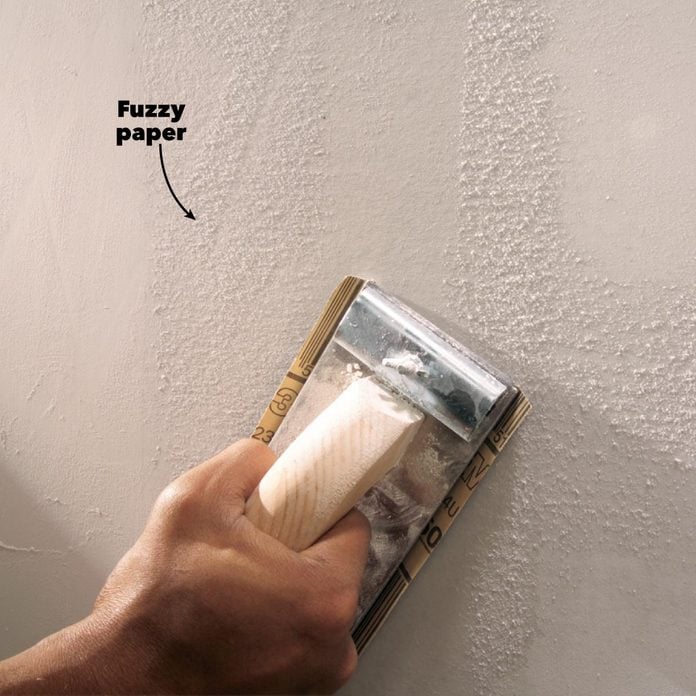 Drywall Sanding Tips And Techniques Diy Family Handyman
Drywall Sanding Tips And Techniques Diy Family Handyman
/wet-sanding-drywall-mud-1821500_hero_1497-afbb0de3f73f4a7fbe39f5180cf39907.jpg) How To Wet Sand Drywall To Avoid Dust
How To Wet Sand Drywall To Avoid Dust
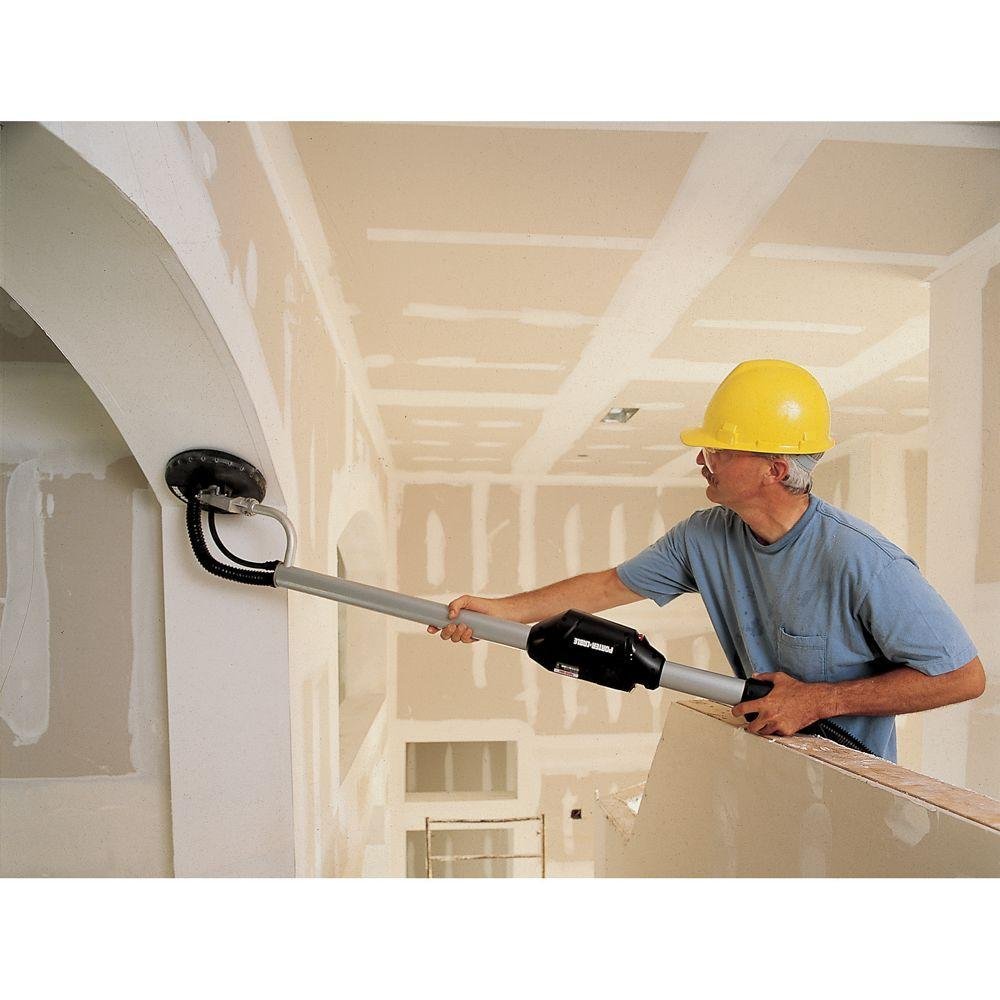 How To Sand Drywall With Power Sanders Gypsumtools
How To Sand Drywall With Power Sanders Gypsumtools
/wet-sanding-drywall-mud-1821500_03_smooth_1502-b59c370a394543f38248e9e946899b77.jpg) How To Wet Sand Drywall To Avoid Dust
How To Wet Sand Drywall To Avoid Dust

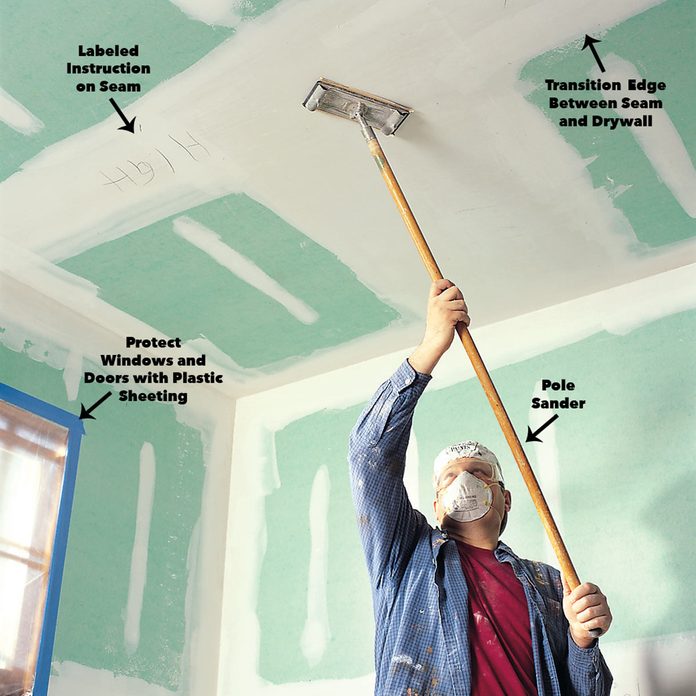
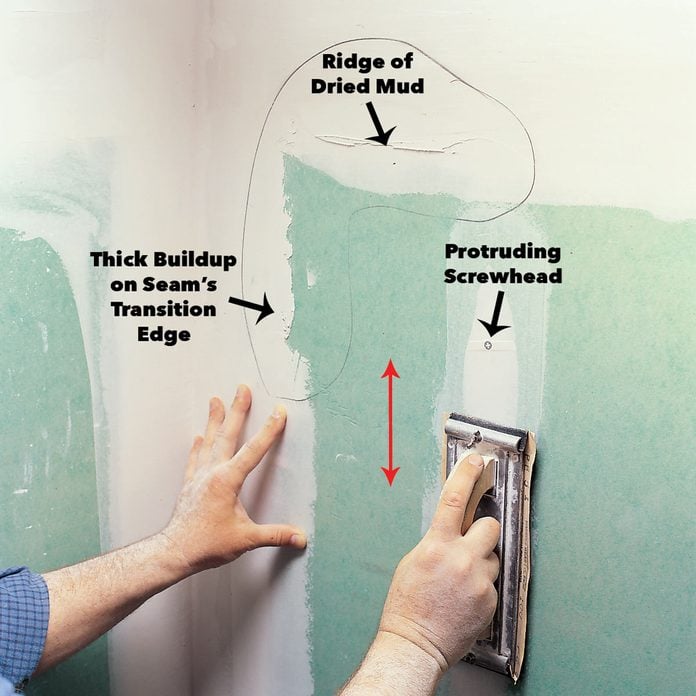

Comments
Post a Comment